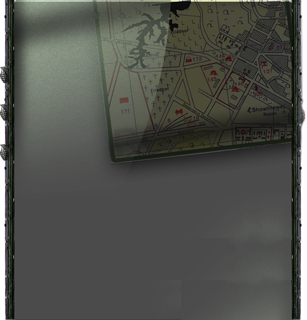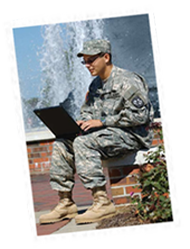







Social presence
Many researchers have based their definitions of social presence on John Short, Ederyn Williams, and Bruce Christie’s (1976) foundational description of social presence in a face-to-face classroom, which described to what degree people are perceived as being real by the other participants in a course (Gunawardena & Zittle, 1997; Richardson & Swan, 2003; Swan, 2001; Wise, Chang, Duffy, & Del Valle, 2004). Building on this earlier definition, Chih-Hsiung Tu and Marina McIsaac (2002) generated a definition specific to online courses which suggests that social presence is the recognition of feeling, perception, and reaction to another intellectual individual in the computer-mediated communication (CMC) environment.
There are two distinct ways that social presence is conceptualized. One conceptualization views social presence as the perception or recognition that other, actual people are also involved in the online course (Swan & Shih, 2005; Tu & McIsaac, 2002; Wise, Chang, Duffy, & Del Valle, 2004). That is, social presence is conceptualized as being perceived in the course of participant interactions and collaboration within an online environment. The second way that social presence is conceptualized is not as perception, but as action. Recently, researchers have described social presence as the moves that participants make to project themselves socially and academically into the online classroom. This conceptualization of social presence is not about what the participants sense, both students and the instructor, but about what they do (Rourke, Anderson, Garrison, & Archer, 1999; Wise, Chang, Duffy, & Del Valle, 2004).